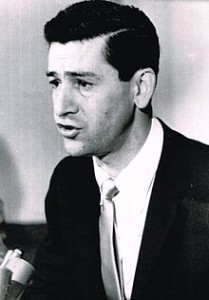 Jerry Wolman bought the Eagles in December of 1963 and started making bad decisions right off the bat:
Jerry Wolman bought the Eagles in December of 1963 and started making bad decisions right off the bat:
– First, he hired Joe Kuharich to coach the team – which would set the Eagles back more than a decade.
– Second, he allowed Kuharich to trade away Hall of Famers Sonny Jurgensen and Tommy McDonald without adequately replacing them.
– And third, he hired Ed Snider.
One of Jerry Wolman’s Washington, D.C., cronies was Sol Snider – who owned a supermarket chain, invested in real estate, and founded a bank. Sol Snider was also the father of Ed Snider – and Ed Snider was down on his luck.
Ed Snider owned a record company that was losing money. He took out short-term loans from Jerry Wolman, but couldn’t repay the loans. He was distraught and depressed.
Wolman looked at Sol Snider like a father-figure. So when Sol Snider phoned Wolman and made a case for helping his son get back on his feet, Wolman obliged. Next thing you know, although Ed Snider had neither a sports background nor a successful business résumé, Wolman hired him. Wolman not only hired him as Eagles vice president and treasurer, but he also gave him 7% of the Eagles stock and fronted him $83,000 to buy a mansion on the Main Line.
Prior to his first year of operations, Wolman figured the Eagles would lose $250,000. But Pete Rozelle put together a new TV contract with CBS that paid immediate dividends to all NFL owners. That windfall shifted Wolman’s fate from being $250,000 in the red in the first year to being $700,000 to the black.
That windfall freed Wolman to get back to his real job: developing real estate.
Through contacts he’d nurtured, Wolman got wind of a huge potential score in Chicago. He identified a vacant lot along Chicago’s Magnificent Mile that was ripe for development. The lot cost $5-million.
Having done business with John Hancock Mutual Life Insurance in the past, Wolman approached them about constructing a 100-story John Hancock Center – which would be the second-tallest building in the U.S.
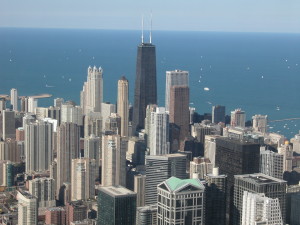 Hancock big-wigs liked the concept. Quickly, a purchase-lease-back deal was put together. John Hancock was paying Wolman $6-million for the land – which netted him a quick $1-million profit – and the insurance company was also loaning him $63-million to finance the construction.
Hancock big-wigs liked the concept. Quickly, a purchase-lease-back deal was put together. John Hancock was paying Wolman $6-million for the land – which netted him a quick $1-million profit – and the insurance company was also loaning him $63-million to finance the construction.
Wolman contacted Bears owner George Halas to ask for an introduction to Chicago mayor Richard Dailey.
Wolman unveiled his project – which he nicknamed “Big John” – to the mayor of Chicago. Dailey loved it and gave Wolman his full support.
Construction began soon.
Back in Philadelphia, claiming he was being philanthropic to the Phillies, Wolman purchased decaying Connie Mack Stadium in May of 1964. He bought the stadium for $757,000 and leased it back to the Phillies. He claimed he purchased the stadium so the Phillies could continue to play there until a new stadium was built.
But truthfully, Wolman was trying to gain an edge with Philadelphia politicians. He wanted to build a new football stadium for his Eagles near 30th Street Station and he needed zoning changes and the lifting of various restrictions.
Two years passed.
In 1966, Wolman heard that the National Hockey League was planning to expand by adding six teams. Wolman wasn’t a hockey fan, but he wanted to own another professional team. To that end, he partnered with Bill Putnam – someone he worked with in the past in D.C.
The NHL Board of Governors was skeptical of Wolman. But Chicago Blackhawks owner Arthur Wirtz vouched for Wolman. Wirtz pointed out the progress Wolman was making on the construction of the new John Hancock Center in Chicago.
For $2-million, Wolman became the owner of Philadelphia’s brand new NHL franchise – which would be named the Flyers. In keeping with NHL by-laws, Wolman retained 22.5% ownership of the team and distributed the remaining percentages of stock among Bill Putnam, Ed Snider, and Snider’s brother-in-law Jerome Schiff.
Part of the agreement with the NHL required that a hockey rink be built by the beginning of the Flyers first season of 1967 – and that’s where Jerry Wolman fits in again. Wolman’s company won the bid to build the Spectrum in South Philadelphia and construction began on June 1, 1966. The new arena would house both the Flyers and the 76ers.
So in less than three years, this Johnny-come-lately owned the Eagles, Connie Mack Stadium, the Flyers, and he was building the Spectrum.
But just a few months later, near the end of 1966, Jerry Wolman’s empire started sinking.
Using new construction techniques on the “Big John” project in Chicago, contractors poured the concrete for the first 20 stories – but the building started sinking into the ground. There was no way the additional 80 stories could be built on top. An engineering study showed that the first 20 stories needed to be demolished and the project begun anew. Demolition would cost $20-million.
That bad news begat more bad news.
Morgan Guaranty and Trust Company bankrolled Wolman’s purchases of both the Eagles and the Flyers. When the fiduciary learned of the major setback in Chicago, it demanded payment on both notes. Morgan Guaranty gave Wolman three days to pay.
But Jerry Wolman was over-extended and cash-strapped.
Through the intervention of a friend, a lender was found in Kuwait who would loan Wolman $43-million – enough to cover his indebtedness and get out of his bind. But there was one stipulation: ownership of the Flyers must be included in the deal.
Wolman went to his partners with the Flyers. If they signed over the stock he’d originally given them for free, he could sell the team and escape financial ruin. But he hit a snag.
On October 18, 1967, Ed Snider met with Wolman, but Snider refused to sign over his Flyers stock.
“I want to keep the hockey club,” Snider told the man who’d rescued him from his own financial dilemma just three years earlier.
That was the death-knell for Jerry Wolman’s financial empire:
– He soon started bankruptcy proceedings.
– He soon sold the Eagles to Leonard Tose for $16.1-million.
– He defaulted on his “Big John” project in Chicago. John Hancock took over and eventually completed its center in 1969 at a total cost of $100-million.
– Wolman tried to sell Connie Mack Stadium to the city for 50 cents, but Mayor James Tate gave Wolman the thumbs-down – citing that major renovations were needed. The Phillies played their final game at Connie Mack on October 1, 1970. The team moved into new Vet Stadium the following year and Connie Mack was dismantled.
Construction on the Spectrum was completed in 1967 and the Flyers and Sixers both started playing in the building that fall. But on March 1, 1968, less than a year after the Spectrum opened, a portion of its roof blew off during an Ice Capades performance. The facility was immediately shut down for repairs.
The Flyers were forced to play home games at Le Colisée in Quebec City, Canada ─ home of the Quebec Aces, the Flyers top farm club.
The 76ers split their home games between Convention Hall and the Palestra.
Shoddy building materials were blamed for the mishap.
(Some of the information for this story was gleaned from an article at philasport@comcast.net.)
Barry Bowe is the author of Born to Be Wild and 1964 – The Year the Phillies Blew the Pennant.
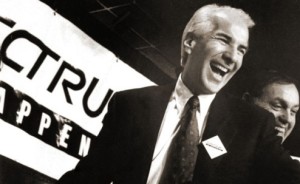
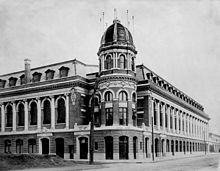
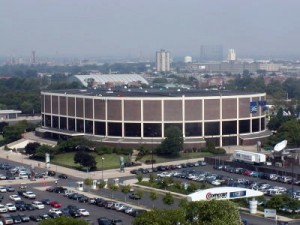


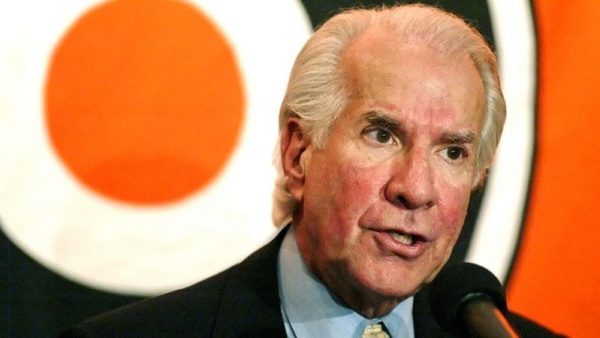



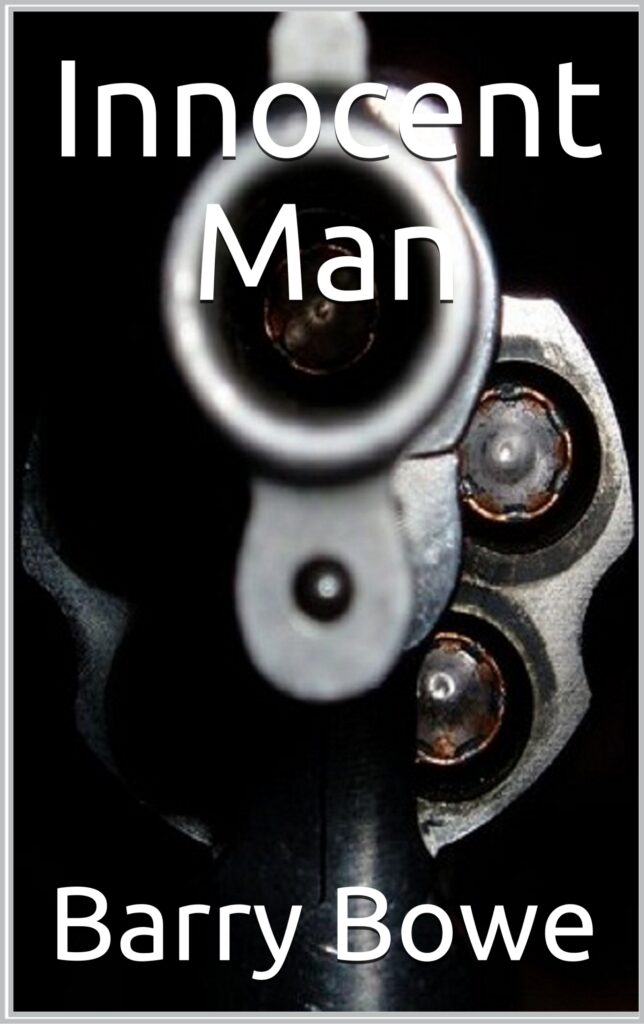
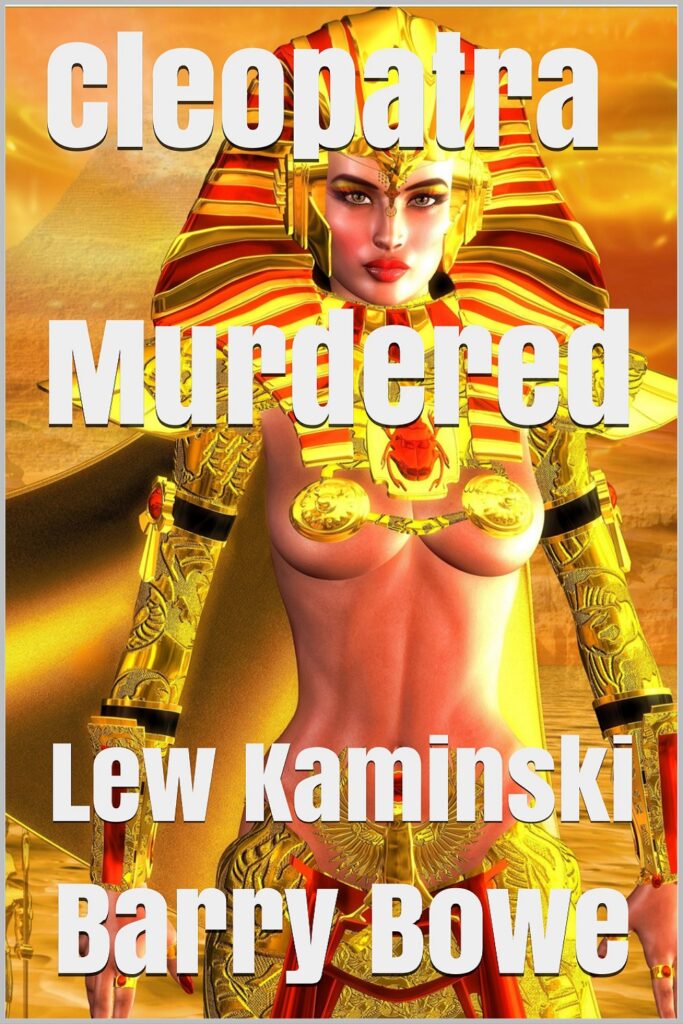
Barry,
I need to tell you that my father did NOT owe Sol Snider a FAVOR…
he was the type of person who would do anyhthing to help a person…and he truly loved Sol Snider..as almost a father figure..
To bad his son Ed turned out to be such a disgusting person..
This comment just got to me today. That’s what I read. But you know the story better than I do. I’ll go back right now & edit. Thanks. Agree with you about Ed.